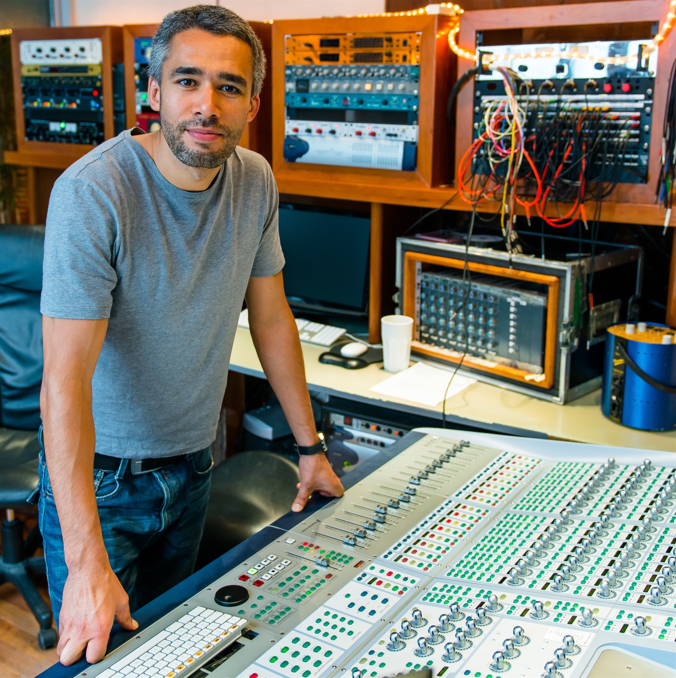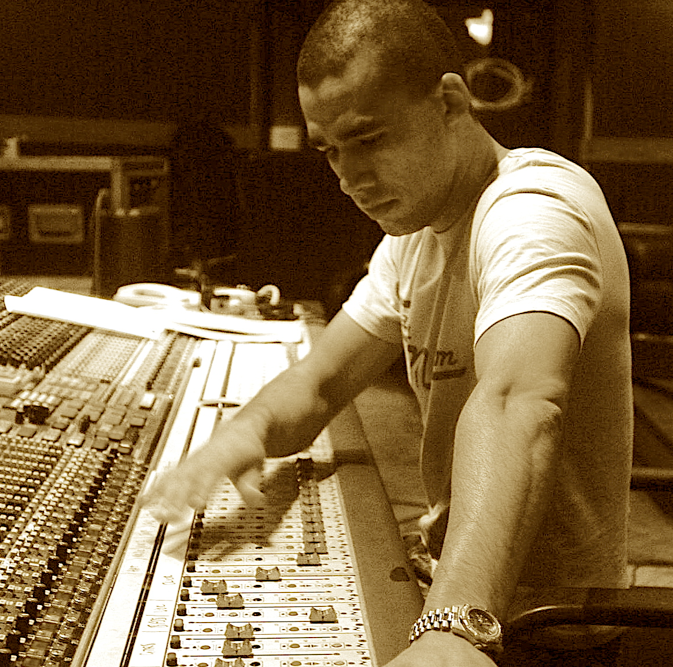Musician, record producer and multi-platinum award winning mix engineer Mike Cave gets candid about his musical origins at Liverpool’s legendary Parr Street Studios, the various projects that have been keeping him busy, and his use of oeksound plugins across his mixes.
How did you first get your start working in studios?
I was lucky enough to come up through the traditional roots of working in studios – making lots of cups of tea at the start and watching other producers working, then tape op, then Pro Tools operator sometimes, and then eventually in-house engineer. It took between seven and 10 years of building that before I could go freelance, but the beauty of the process was just being able to watch great producers make records, and look at not just the technical side of things, but how they deal with artists, how they get great performances out of people, and how they deal with things when they’re not going very smoothly.





